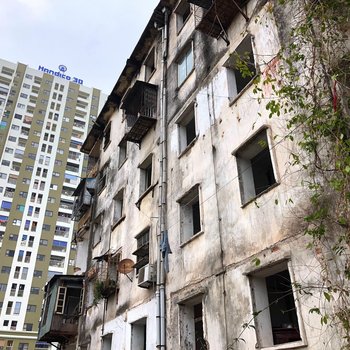These are questions that the Albertinum, in collaboration with the German Lost Art Foundation (Deutsches Zentrum Kulturgutverluste), is addressing in an ongoing research project initiated in October 2022. The findings of the initial year of this two-year research the project, which is funded by the German Lost Art Foundation can be seen in the exhibition “Private art trade after 1945 in Dresden. Insights into the research project”. The exhibition is being shown at the Georg-Treu-Kabinett in the Albertinum and runs until 21 April 2024.
Initial investigations show that private art trading swiftly resumed after the end of the Second World War. Paintings, graphics, antique furniture, porcelain and coins were offered and sold; Dresden was considered one of the most important art trading centres in the GDR. The Staatliche Kunstsammlungen Dresden regularly acquired works of art from local dealers and engaged in professional dialogues with them.
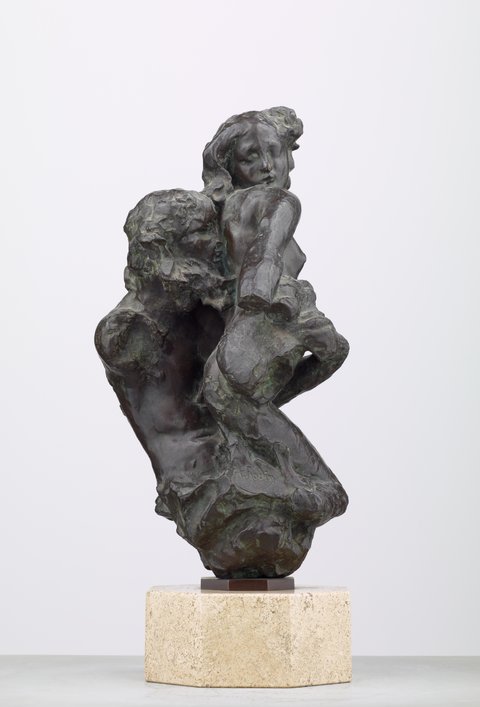
Auguste Rodin, Triton und Nereide, vor 1908 (Entwurf), Albertinum, Inv.-Nr. ZV 3695
© Albertinum, Staatliche Kunstsammlungen Dresden, Foto: Elke Estel/Hans-Peter Klut
Following the leadership change within the SED in 1971 and the establishment of the state-owned Kunst und Antiquitäten GmbH in 1973, this trade was increasingly controlled and restricted by governmental authorities, including the Ministry for State Security (Stasi). Some traders faced allegations of tax evasion, but in the end, with a very few exceptions, all the businesses were closed down. A central aim of this project is to reassess and give a new visibility to these largely forgotten enterprises and individuals, which include art dealers such as the following:
Founded in 1924 by Heinrich Kühl (1886-1965), the Galerie Kühl is one of the oldest private art businesses in Saxony. Heinrich and his son Johannes (1922-1994), who took over the management in 1965, focussed on 20th century art, mainly paintings, prints, sculptures and Asian art. They built their business into the most important private art dealership in Dresden and dominated the market until 1989. Not surprisingly, most of the acquisitions in the Albertinum’s collection that come from the private art trade are from the Galerie Kühl. Project manager Claudia Maria Müller presents one of them here:
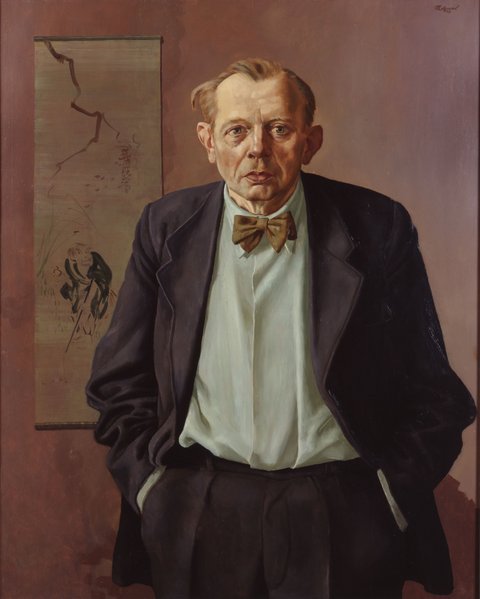
Rudolf Nehmer, Bildnis Heinrich Kühl, 1950, Albertinum, Inv.-Nr. 85/30
© Foto: Albertinum, Staatliche Kunstsammlungen Dresden, Foto: Elke Estel/Hans-Peter Klut
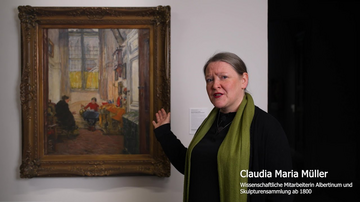
One of the best-known art dealerships in Dresden was situated at what is today Hauptstraße 19. Horst Kempe (1907-1991) had already established the business before the Second World War. In 1964, his son Frank Kempe (* 1948) joined the family business.

Horst und Frank Kempe mit ihrem Hanomag-PKW, 1964
© Privatarchiv Kempe
Known as “NOVA” from 1955 onwards, the business had a good reputation among art collectors, art enthusiasts and museums in Dresden. A special relationship developed as NOVA brokered and sold the Staatliche Kunstsammlungen Dresden objects of great artistic value. Special mention should be made here of works by Erich Heckel and Otto Dix, for example, which were generously donated to the Albertinum in 1970 by the Bautzen artist and patron Marianne Britze (1883-1980) thanks to the work of Kempe.

Otto Dix, Sehnsucht (Selbstbildnis), 1918/19, Albertinum, Gal.-Nr. 3781
© Albertinum, Staatliche Kunstsammlungen Dresden, Hans-Peter Klut | VG Bild-Kunst, Bonn
Horst Kempe not only shared a friendly rapport with artist Otto Dix, who had been residing at Lake Constance since 1933, but he also maintained a good business relationship. Kempe sold a large number of the lithographs that Dix, working together with the printer Roland Ehrhardt, whom Dix held in high esteem, produced in the print workshop of the University of Fine Arts (Hochschule für Bildende Künste) after 1945.
The colour lithograph "Contessa" was created on 29 September 1962 in the print workshop in the basement of the Academy of Arts (Kunstakademie Dresden). This process was captured on film by the Dresden cameraman Ernst Hirsch (*1936), excerpts of which are shown here. The subsequent conversation with the art dealer Horst Kempe (1907-1991), who maintained good business and private relations with Dix, are not seen in the film, but it is documented through photos by Heinz Woost (1922-2016).
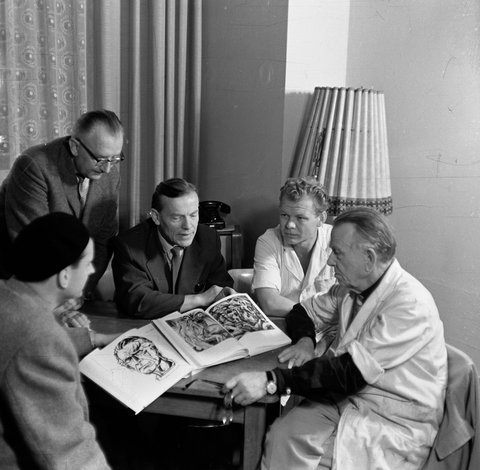
Der Kunsthändler Horst Kempe (Mitte) mit Otto Dix (rechts) im Atelier des Druckers Roland Ehrhardt (zweiter von rechts) im Keller der Kunstakademie Dresden, 1962
© Universitätsarchiv TU Dresden, Foto: Heinz Woost
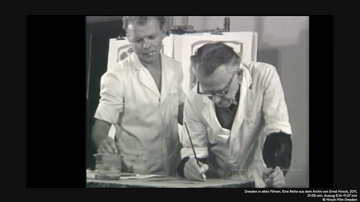
The art dealer Alphons Müller (1909-1972) ran a business in Dresden from 1936 to 1972. Both his business premises and his flat were destroyed during the bombing of Dresden in February 1945. He reopened his business at Regerstraße 16, Dresden-Blasewitz, in 1946. Scholars from the Staatliche Kunstsammlungen Dresden often came to him, looking for works of art for the museums, as well as to make private purchases.
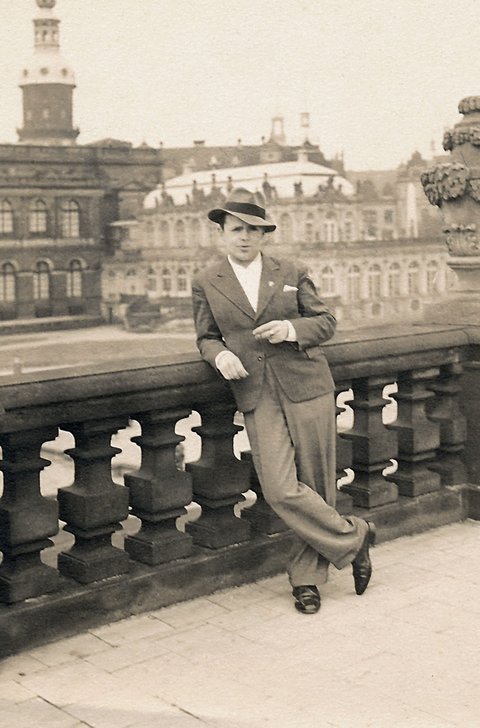
Alphons Müller, 1936
© Archiv Alphons Müller
In 1955, for example, the Gemäldegalerie acquired Ferdinand Dorsch’s 1922 painting “Encounter in the Park” from Alphons Müller.
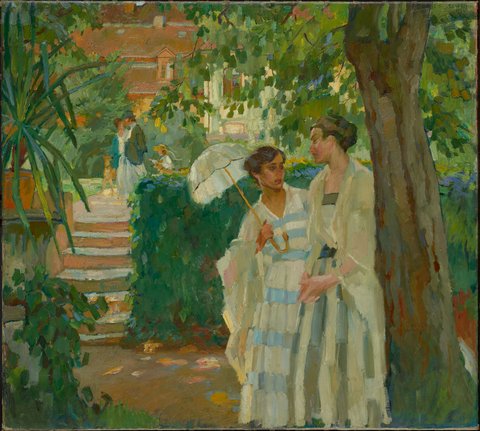
Ferdinand Dorsch, Begegnung im Park, 1922, Albertinum, Gal.-Nr. 2906
© Albertinum, Staatliche Kunstsammlungen Dresden, Foto: Elke Estel/Hans-Peter Klut
A signature and an address on the back of the painting suggest that it may have been privately owned by the Dresden merchant Oskar Richard Söhndel (1880-1952), Fürstenstraße 24, for an unknown period of time between its creation and its inclusion in the Gemäldegalerie’s collection.
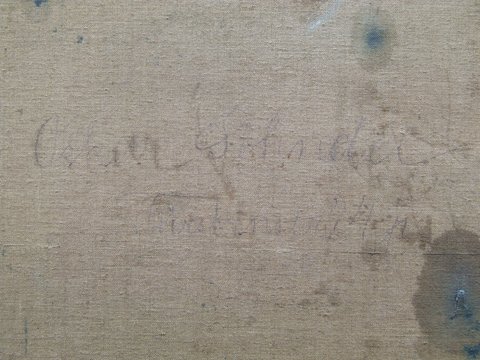
Rückseitenbeschriftung „Oskar Söhndel / Fürstenstraße 24“
© Daphne-Projekt, Staatliche Kunstsammlungen Dresden
Also on the back is a sticker from the “Galerie Remmler & Co.” in Leipzig. There was a gallery of that name between 1919 and 1925, and this can in turn provide more information about where Söhndel acquired the artwork and when - probably between 1922 and 1925.

Aufkleber auf der Rückseite der Galerie Remmler, Leipzig
© Daphne-Projekt, Staatliche Kunstsammlungen Dresden
These kind of attributes provide information about a work’s owners, possessors, uses and date of origin. These labels, notes or stamps can help to reconstruct the sometimes very chequered history of a work when trying to ascertain the history of an object from its creation through to the present day. However, for provenance research, as conducted by the Staatliche Kunstsammlungen Dresden’s Daphne project since 2008, written sources such as letters and invoices are indispensable.
The Kunsthandlung Müller, for example, has an extensive collection of company files that provide detailed insight into the structure and organisation of the private art and antiques business in the GDR. It is a valuable source for the project, and you can watch Claudia Maria Müller present the archive and report on her own family history here:
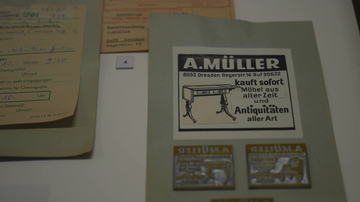
Unfortunately, it is not always possible to get all the information from written sources. In order to obtain the most comprehensive picture possible of the private art dealers in Dresden, the project also conducts interviews with contemporaries. The protagonists, such as art dealers, employees, their descendants, but also intermediaries, middlemen, collectors, buyers and museum staff, can provide important historical background and can talk about the individual biographies with respect to their contexts and times.

Lucas Müller (links) und Konrad Meißner (rechts), Nachfahren Dresdner Kunsthändler, im Gespräch mit dem Projektteam vor der ehemaligen Kunsthandlung Helmuth Meißner in Dresden, 2023
© Albertinum, Staatliche Kunstsammlungen Dresden, Foto: Claudia Maria Müller
The interviews conducted so far have already yielded important material and information about the private art and antiques trade after 1945. We would also like to invite you to share any contemporary documents or stories you may have. Any correspondence, receipts, photos of art dealers, acquisition histories of artworks or memories you have, share them with the project so that these can be incorporated into the ongoing academic research.
We would very much like to get in touch with contemporary witnesses such as (former) art dealers, their descendants and customers - perhaps thanks to your support.
All stories, descriptions, historical correspondence, memories and photographs can be sent to this e-mail address or to the postal address:
Staatliche Kunstsammlungen Dresden | Albertinum/Project “Private Art Trade after 1945 in Dresden” | P.O. Box 120551 | 01006 Dresden
You can also reach the project team by phone at either +49 351 4914 9735 or +49 351 4914 9364
Also of interest:
This year, the Schenkung Sammlung Hoffmann has continued its "Ortsgespräche" ("Local Conversations") in various locations in rural Saxony. However, the result of the co-operation with Zeitgemäß e.V. in Colditz was not an exhibition in the classic sense. Instead, the works can be seen outside, at bus stops. Maeshelle West-Davies accompanied the bus ride along the stops with her film "Hop Off / Hop On".
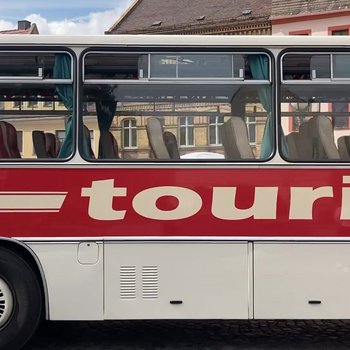
In 2022 and 2023, Staatliche Kunstsammlungen Dresden are fixing their gaze once again on GDR times in their research and exhibition project “Kontrapunkte” (“counterpoints”), funded by the German Federal Cultural Foundation. Based on their own holdings and the history of their collection, fresh perspectives are being developed on art in the GDR, how it was seen and the significance allotted to it in the past and present, with the addition of international viewpoints. To this end, a range of physical and digital formats are in the pipeline, information on which will be provided on this platform.
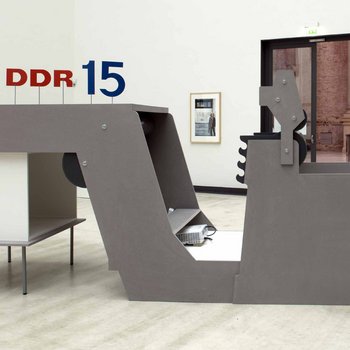
The annihilation of Vinh City by US bomb raids offered an opportunity for experimental planning and for transforming the small industrial town into a model socialist city. The GDR’s ambitious task of comprehensive reconstruction involved working collectively on both the creation of a master plan and its realization in built form. Christina Schwenkel on the Quang Trung housing complex.
